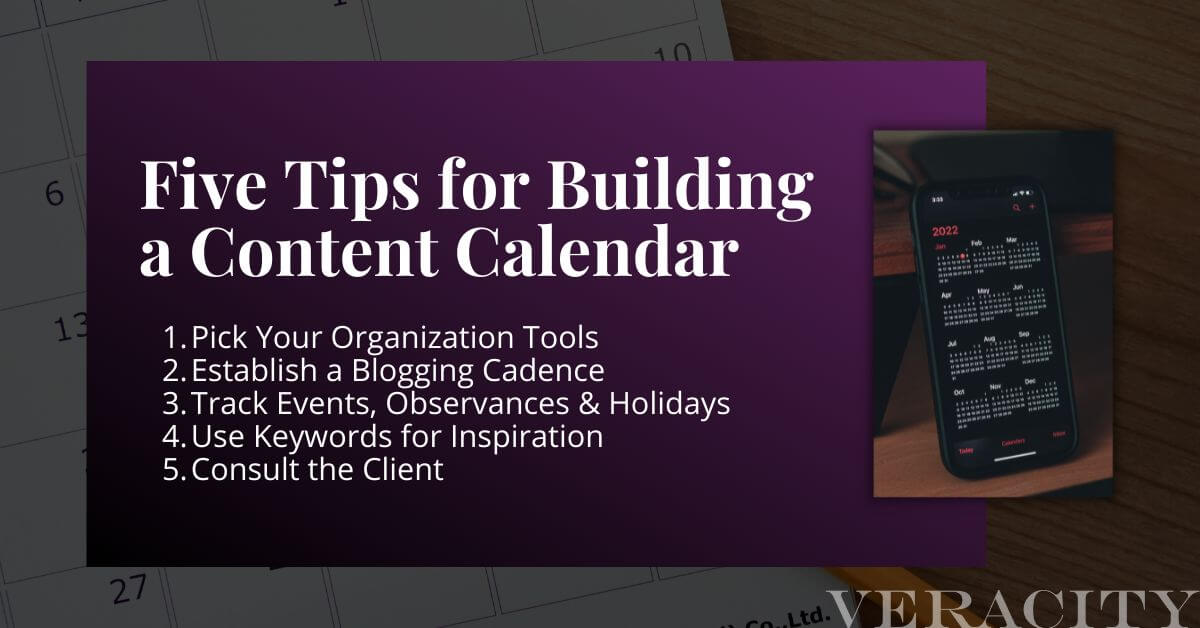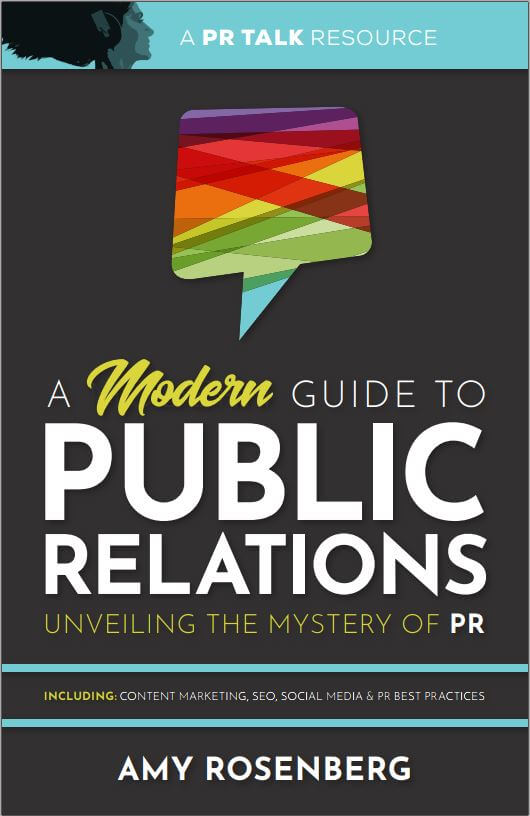
Develop a Winning Interview Style Using These Tips
One Writer’s Secrets for Creating Successful Thought Leadership Content. Hint: it All Starts with the Interview
In an age of influencers, thought leadership has become a critical part of every marketer’s toolbox. We’ve covered the topic in depth in previous posts, including its benefits, building a team to create thought leadership content and a few strategies for deploying the end product. But if you’re behind the scenes, ghostwriting someone else’s thought leadership content, you’re tasked with accurately capturing their ideas while transforming them into something compelling.
Thought leadership content can take many forms, like podcast appearances, media interviews or keynote presentations at industry conferences. I work most frequently on written thought leadership, which includes blog posts published on a company’s website or articles appearing in third-party publications like magazines, newspapers or other websites. So, my job involves interviewing thought leaders on a given topic and turning what I learn into something that editors and readers will find interesting and insightful.
The interview is at the center of this process, so nailing that conversation is critical. I didn’t go to J-school, so I’ve had to develop my own process over the years. Here are a few things I’ve learned along the way.
Establish the Topic Early
If you begin a thought leadership interview by saying, “what do you want to talk about today,” you’re already playing from behind. Thought leaders are typically executives and business leaders who are carving time from their busy schedules to speak with you. You can return that favor by providing a specific topic when you schedule the interview. Establishing a clear and direct topic upfront allows you to use limited time more efficiently. It also gives you an opportunity to develop more interesting questions and offers your interviewee time to organize their thoughts.
These topics can come from anywhere. Keyword research is often an excellent place to begin brainstorming. Consulting the client by holding separate brainstorming sessions can also be beneficial. Your subject will understand what’s happening in their industry and may have topics they’re already passionate about and excited to discuss. If you’re using a content calendar (and you really should be), plot your topics out as far in advance as possible to give yourself plenty of time to prepare.
Quick Tip: I like to include the article topic in my calendar invitations to provide my interview partner with an additional prompt before our conversation.
Pick Your Interview Format
Another important consideration is the format your interview will follow. I will always opt for a phone interview primarily because it allows me to focus on listening during the conversation and taking thorough notes. By contrast, I find video interviews distracting because I’m forced to divide my attention between my notes, the conversation, and maintaining eye contact. Of course, you could always record your video interview if your subject agrees and focus your attention solely on the conversation. The downside here is that you’ll have to re-review the discussion, which adds additional time to the process.
My least favorite type of interview is the written Q&A. Not only does this format require more upfront work, but it also makes follow-up questions tremendously difficult, which is where I believe the real magic happens in these conversations. Also, choosing a Q&A format can dramatically extend the interview timeline because it could take several days or even weeks for your subject to respond. So, to achieve the best results possible, I recommend scheduling a live phone interview whenever you have that opportunity.
Quick Tip: I include a note in every calendar invite saying, “Josh will call you at [phone number] when it’s time for our interview. This eliminates the awkward question of who is calling who.
Prepare for the Interview
Once you’ve established a topic, agreed on an interview format and scheduled a time to talk, the interview prep process begins. Depending on the topic, you may need to do your own research to start developing questions. If you’ve opted for a Q&A format, this is where you’ll do the bulk of your work. Your questions will need to be precise and crystal clear because you may not be able to ask for clarifying information. You also can’t send a list of 25 questions and expect to receive quality answers. Instead, prioritize your content by setting a ten-question limit and ask them as succinctly as possible.
In-person interviews don’t require such intense preparation. I typically establish five or six broad questions before the conversation and then use follow-up questions to discover more interesting and specific information. Sometimes outlining what I don’t know about a topic and turning them into questions is an excellent jumping-off point for an interview. Of course, if you’ve provided your interview subject with the topic beforehand, they will hopefully come prepared with things to discuss.
Quick Tip: I organize my questions as headings in my note document in an order I think flows most naturally. However, I don’t hesitate to veer from that order if it seems appropriate.
Have a Conversation
I always approach in-person interviews as a friendly conversation between peers. If you’re lucky, your interview subject will be comfortable, gregarious and eager to share what they know. If that’s the case, I allow them to lead the conversation and only interject with follow-up questions or to redirect if they stray off topic.
It’s not uncommon to encounter people who’ve never participated in an interview and doubt their knowledge or ability to be interesting. Here, you’ll have to play a more active role in the conversation until you can establish a rapport with the other person and they gain a little confidence.
Occasionally, you’ll come across someone who only provides short answers to questions and cannot elaborate or expand on the material you’ve brought to the interview. In these cases, you’ll have to do much more prodding to get the content you’ll need. I’ll often ask the same question in a few different ways in hopes of uncovering new facets of information.
No matter what type of person you talk with, expressing your eagerness and enthusiasm for the topic and your interview partner’s knowledge — either directly or through your questioning — is the best way to get your interviewee excited to share what they know.
Quick Tip: I end every interview by saying, “are there any questions I should have asked that I didn’t?” Sometimes the best material comes out of these moments.
Allow for Follow-Up & Approval
Once you’ve exhausted your questions or reached the end of your interview time, you should ask for an opportunity to follow up with your subject if you have additional questions or need clarification. No matter how perfect your notes may seem, you’re bound to run across something that doesn’t make sense during a re-read or a concept you thought you understood at the moment but then becomes confusing again. In most cases, follow-up questions work well over email.
It’s also best practice to allow your interview subject to review the finished piece before sending it out for publication. Whatever you produce will be published under someone else’s name, so they need to be willing to stand behind whatever goes out to the public.
Quick Tip: When you do send the final draft out for review, add some urgency to the process by including a specific date for when you need it returned.
An Interview is a Partnership
Ultimately, the process of interviewing and writing these pieces should be a partnership between you and your thought leaders. After all, you both bring specific knowledge and skills to the table. The interviewer is the facilitator who draws information they don’t possess from their subject and turns it into concrete collateral. By contrast, the interviewee has valuable knowledge that others want and need but doesn’t have the time or ability to turn it into a consumable form.
The interview is the point where these two participants meet and collaborate to create something neither of them could make on their own. If you, as the interviewer, can enter these conversations fully prepared, with curiosity and an open mind, you’ll be ready to make the most of these opportunities.







